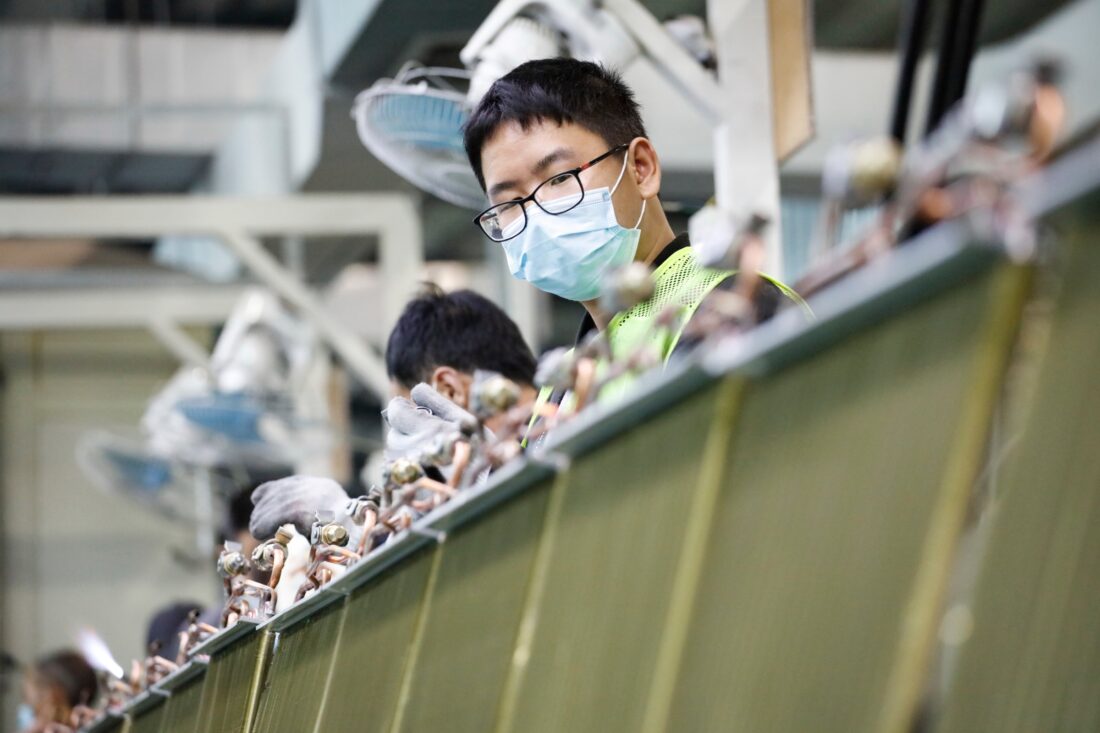Sourcing From China in 2023? A Sourcing Expert Explains 3 Things Every Importer Should Know About Buying Direct From China Post-Zero-Covid
December 19, 2022

For those involved with global sourcing, we trust you experienced three unusual years since Covid broke out at the end of 2019. If you have been sourcing high volumes of “Made in China” goods, do you trust China more or less given the challenges that emerged alongside Covid?
From our experience, it appears that most importers had mixed feelings about buying direct from China during Covid. On one hand, China’s containment of Covid enabled its vast and sophisticated supply chain to continue operating during the early period of the pandemic, which continued to provide the world with tremendous manufacturing and logistics capacity. On the other hand, China’s strict controls impacted the availability of some products during certain periods and in certain cities.
How resilient is China’s supply chain—both during and after Covid? How have complex international challenges affected China sourcing and the perception of “Made in China” goods? Will China continue to be a major producer of the world’s merchandise?
In this blog, I will review some of the recent challenges encountered in China sourcing and how these challenges impacted China importers and raised their concerns. I will also share some predictions for China’s supply chain and the future of sourcing from China.
Buying Direct from China During Covid
While working on the “frontlines” for western clients, I experienced first-hand that the Covid years from 2019 to 2022 were extraordinary. With the largest population of any country, China has long been known as “the world’s factory.” However, this distinction significantly intensified China’s burden of responsibility to maintain a steady output of products for the entire globe during the pandemic. In addition to maintaining a Zero-Covid policy while simultaneously keeping up with exports, China faced myriad challenges in both the domestic and global market: rising material costs, sky-rocketing sea freight costs, power supply limitations, port congestions, city “lockdowns,” temporary labor shortages, duty barriers, and international travel restrictions. Many of these issues are returning to normal, however, they raised concerns for buyers at different points in time.
Concerns of China Importers
The above challenges, coupled with China’s Zero-Covid policy while other countries resumed normal business, affected the international community’s perception of China’s reliability as a source. Many importers had delivery delays and began to re-think and restructure their international supply chains. When doing so, they typically evaluate the following aspects:
– Is sourcing from China the only option?
– Is buying direct from China still the best option?
– Will a “China + 1” sourcing model make my supply chain more resilient?
– Is there a reliable alternative to China sourcing?
– Should I re-shore (i.e., source locally), or look into other low-cost countries?
We have analyzed the above questions numerous times on behalf of our clients. The answers vary from product to product and must be considered on a case-by-case basis. Supply chains are quite dynamic and it is a good exercise to continuously evaluate options based on internal and external factors, short and long-term goals, and specific expectations.
“Made in China”: Predicting the Future
Despite major global and domestic changes that have impacted international sourcing, we predict China will remain the world’s factory for years to come due to the following reasons.
– It has numerous advantages: stable policies, favorable investment conditions, a well-developed infrastructure, a complete industrial supply chain, huge and sophisticated factories that are difficult to duplicate, and a very large market.
– China’s exports and imports are exceptionally strong and are likely to remain so due to the dual importance of the domestic and international markets that ensure the security of its economy.
– China is dedicated to increasing its Global Value Chain Position Index, while at the same time, it understands that the trade of low-end and mid-range products will continue to be the cornerstone of its industrial foundation for decades.
To conclude, buying goods from China will continue to benefit the world despite all the challenges the Covid pandemic provided. Quoting the words from German Prime Minister Scholz in an October 2022 speech, a global supply chain ‘made a lot of prosperity possible.’ The world will continue to need China, particularly for its massive market, cheap products, fair trade, and policy for deep cooperation, and China will continue to need the world.
